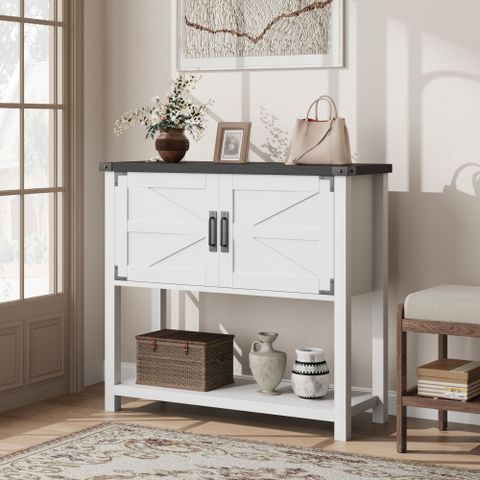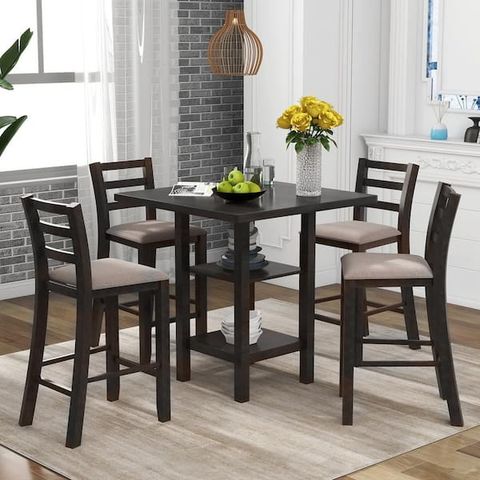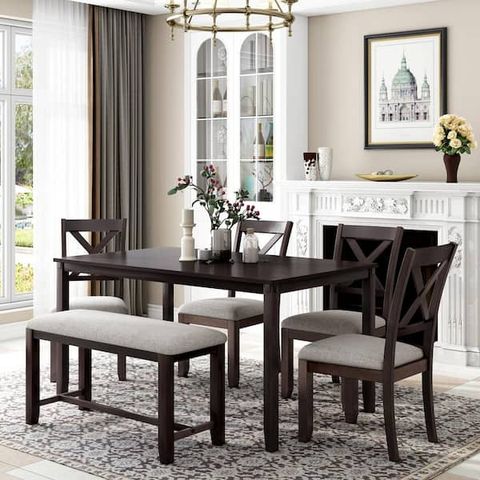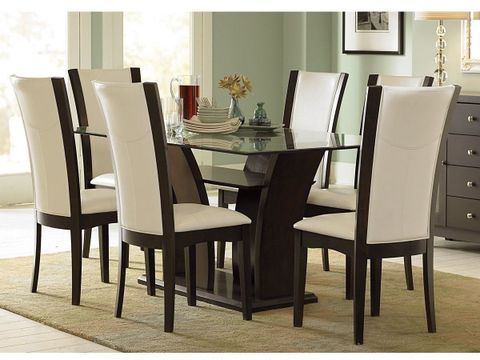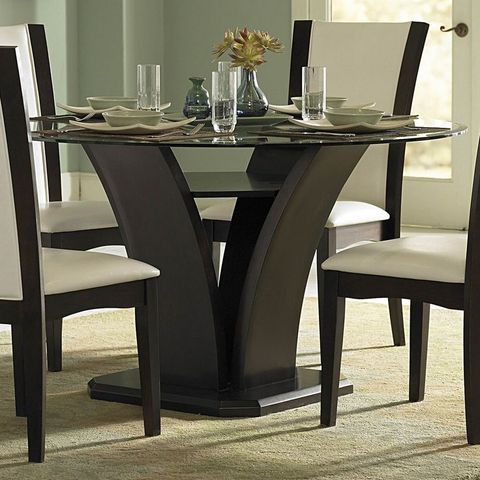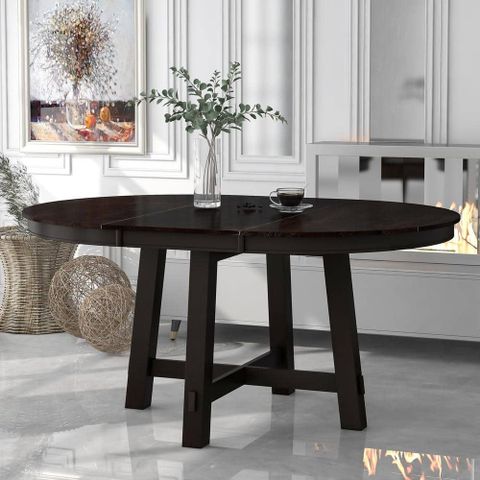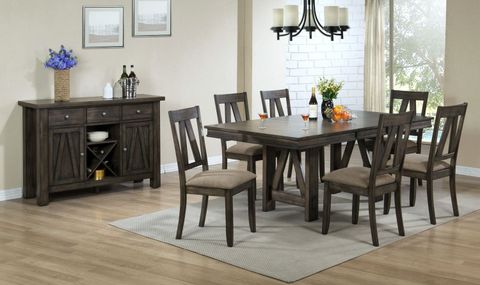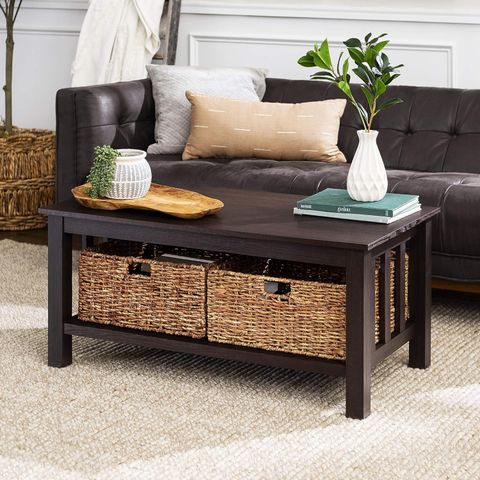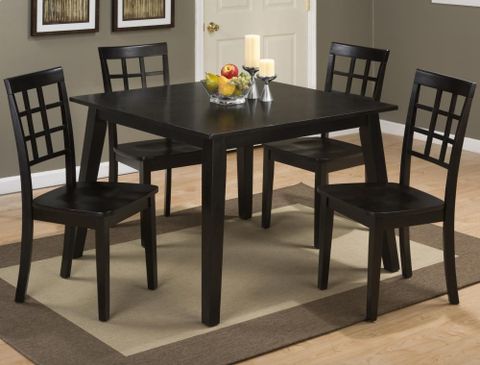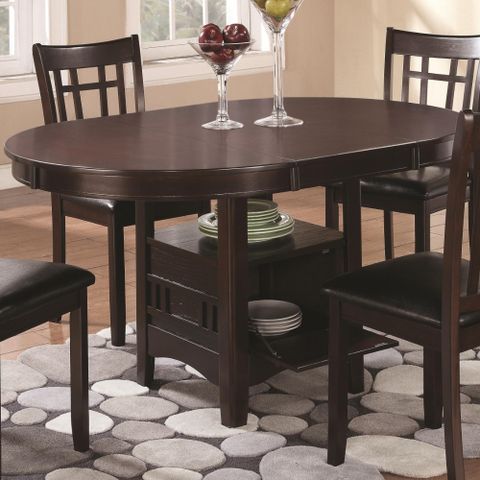Imagine gathering with loved ones around a beautiful, rich espresso wood dining table. It’s more than just furniture; it’s the heart of your home, a place for laughter, stories, and delicious meals. But what if that table could do even more? What if it could discreetly tuck away your extra linens, placemats, or even those board games everyone loves to play? That’s where the magic of smart storage comes in, transforming a stylish centerpiece into a functional powerhouse.
Espresso wood dining tables have a timeless appeal, don’t they? That deep, dark finish brings a sense of sophistication and warmth to any dining area. But in today’s homes, especially where space can be at a premium, functionality is just as important as form. We’re not just talking about a place to eat anymore. We’re talking about a piece of furniture that works for you, keeping your dining essentials organized and out of sight. This guide is all about finding that sweet spot – a stunning espresso table that also boasts ingenious storage solutions. Let’s dive in and uncover how to make your dining room both beautiful and brilliantly practical.
Why Espresso Wood? The Enduring Charm
Before we get to the storage nitty-gritty, let’s appreciate why espresso wood is such a popular choice for dining tables. This deep, rich brown hue, often achieved with stains on woods like oak, walnut, or even mahogany, offers a sophisticated and versatile aesthetic. It’s dark enough to hide minor spills and wear, yet warm enough to create an inviting atmosphere. Think about it: espresso wood pairs beautifully with a wide range of decor styles, from modern minimalist to rustic farmhouse and classic traditional. It’s a chameleon that adapts, providing a solid and elegant foundation for any dining setting. Its depth of color can make a room feel more intimate and luxurious, a perfect backdrop for memorable meals and conversations.
The Magic of Integrated Storage: What to Look For
So, what exactly constitutes ‘smart storage’ in a dining table? It’s all about clever design that maximizes space without compromising the table’s primary function or its visual appeal. We’re not talking about bulky cabinets here. Instead, think about these possibilities:
- Drawers: These are the most common and perhaps the most practical. Look for smooth-gliding drawers, ideally with subtle hardware or even push-to-open mechanisms for a sleek look. They’re perfect for cutlery, napkins, placemats, coasters, or even small table decor items.
- Hidden Compartments: Some tables feature lift-top surfaces or sections that reveal secret storage spaces. These can be fantastic for larger items like tablecloths or even serving trays.
- Shelving: While less common for dining tables themselves, some extendable tables might incorporate a lower shelf when in their smaller configuration, offering a bit of extra room.
- Niches or Cubbies: Some designs might incorporate small, open cubbies along the apron of the table. These can be great for quick access items like remotes if your dining area doubles as a casual living space, or for decorative baskets.
When evaluating storage, consider the depth and usability of the compartments. Are they deep enough for what you need to store? Are they easy to access without disrupting the table’s surface? The best designs integrate these features so seamlessly, you might not even notice them at first glance.
Material Matters: Beyond the Espresso Finish
While the espresso finish is key, the underlying wood and construction are crucial for durability and longevity. Solid wood tables, such as those made from oak or walnut, will generally be more robust and last longer than those with veneers or composite materials. However, high-quality veneers can offer a beautiful look at a more accessible price point, and they are often used in conjunction with solid wood frames for stability. When looking at tables with storage, pay attention to the construction of the drawers and their runners. Metal ball-bearing slides are a sign of quality, ensuring smooth operation even with frequent use. Also, consider the finish itself. Is it a durable lacquer that will resist scratches and spills, or something more delicate. A good quality espresso finish should have a subtle sheen and a smooth feel.
Size and Shape: Finding the Right Fit for Your Space
The perfect table needs to fit your dining area. Measure your space carefully! You’ll want at least 3 feet of clearance around the table for comfortable seating and movement. Consider the shape: rectangular tables are classic and work well in most rooms. Oval tables can be great for traffic flow, as they have no sharp corners. Round tables are excellent for conversation and can make smaller spaces feel more intimate. When choosing a table with storage, remember that the added mechanisms might slightly affect the legroom or overall footprint, so always check the dimensions and any notes on clearance. For example, a table with deep drawers might mean the legs are set in a bit further.
Style Integration: Matching Your Existing Decor
An espresso dining table is a statement piece, but it should also harmonize with your room. Do you have a modern kitchen? A sleek, minimalist espresso table with clean lines and perhaps integrated handleless drawers would be a fantastic choice. Leaning towards a more traditional or transitional style? Look for tables with subtle detailing, perhaps turned legs or a slightly more substantial apron. If your decor is more eclectic, an espresso table can act as a grounding element, its rich color providing a warm contrast. Don’t be afraid to mix and match. For instance, pairing a dark espresso table with lighter upholstered chairs can create a beautiful visual balance. The key is to ensure the overall aesthetic feels cohesive and intentional.
Practical Considerations: Maintenance and Assembly
Let’s talk about the realities. Espresso wood, while forgiving, will still require some care. Most finishes can be cleaned with a damp cloth and mild soap. Avoid harsh chemicals or abrasive cleaners that could damage the finish. For tables with drawers, check the manufacturer’s recommendations for lubricating the slides if they ever become stiff. Assembly is another factor. Many tables come partially assembled, but drawers and legs might require putting them together. Read reviews or product descriptions carefully to gauge the difficulty of assembly. Some brands offer white-glove delivery and assembly, which can be well worth the investment if you’re not comfortable with DIY projects. Think about how often you’ll use the storage compartments and how easy they are to access for daily use versus occasional storage.
Finding the perfect espresso wood dining table with smart storage is about balancing beauty, functionality, and your unique needs. It’s about creating a space that not only looks stunning but also simplifies your life. By considering the material, the type of storage, the size and shape, and how it fits with your existing decor, you’re well on your way to discovering a table that you’ll cherish for years to come. It’s more than just furniture; it’s an investment in your home and the memories you’ll create around it. So go ahead, explore the options, and find that exceptional piece that brings style and smarts to your dining experience. Happy hunting!

